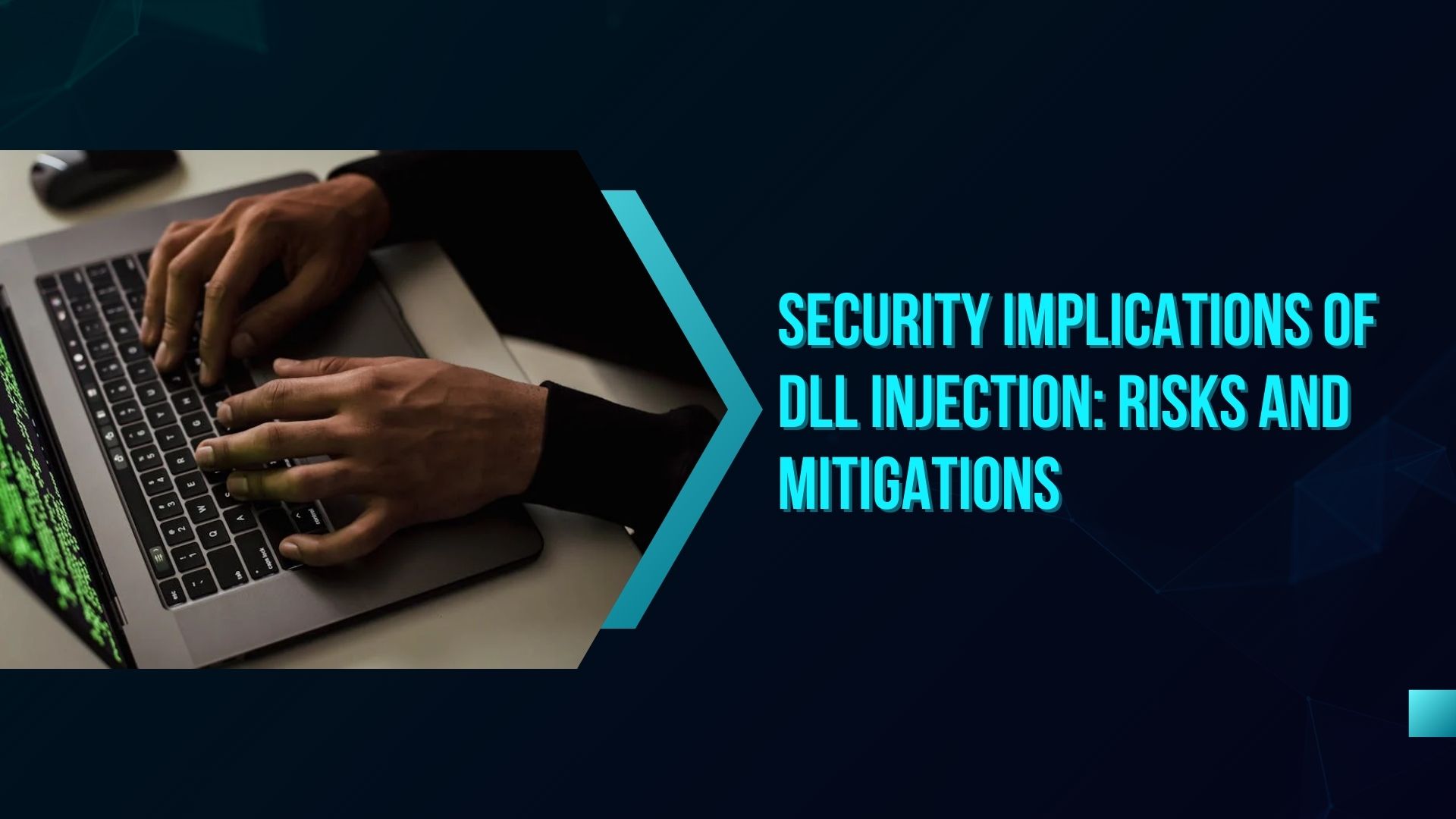This technique presupposes inserting a DLL, which stands for Dynamic Link Library, into another application’s address space. It is usually employed with the right intentions of making simple changes, providing updates to the software, resolving bugs, and even legal hacking.
However, with DLL injection comes significant security implications, which gives DLL injection its advantages and disadvantages. Here, we read about DLL injection and its potential dangers, and later, we describe various methods of protecting against said dangers. If you are interested in doing this, you could download this DLL injector just for the sake of the experiment and carry out this discovery.
Understanding the Risks of DLL Injection
DLL injection is not without security concerns; it poses a security risk to the system in which it is executed and the general network infrastructure. Recognizing these risks is essential to developers and security specialists, as both work closely with application software.
1. Unauthorized Code Execution
Another possible amateur mistake is code injection, which potentially can perform unallowed code execution. An attacker might be able to load code into a new process or write a DLL that a process will execute. This could be especially true if the target process has elevated rights, which may lead to more general control of the underlying system.
2. Data Theft and Manipulation
A DLL hooked can modify the data belonging to the targeted process once it is injected. This feature makes it possible to snatch users’ credentials, personal and business data, and other valuable information from the network. The injected code can also modify instruction stream context and flow, thereby corrupting other processes’ data or performing other unwanted activities.
3. System Instability
Replacing the image of a process with another one can lead to instability and various issues, especially if the second code was injected into the first one and is of low quality or incompatible with the first code. This instability sometimes results in crashes, memory leaks, and other related unpredictable behaviors that negatively affect the entire system's operation.
4. Bypassing Security Mechanisms
In addition, DLL injection can be applied to several security measures that prevent or limit malicious programs' functionality, including antivirus software, firewalls, and other similar applications. With the help of compromised privilege, the attacker can hide from the OS and run their code stably on the obtained system.
Mitigating the Risks of DLL Injection
Despite the threats linked to DLL injection outlined, practical measures can be used to minimize these threats. Here are some of them: There are three primary mitigation strategies: one that seeks to avoid the injection of malicious DLLs and another two if the infusion occurs.
Employ Code Signing
Code signing is a practical technique that may help reduce the likelihood of a given type of attack. Code signing is the process by which the core executables and DLL files are verified and validated. When loading the DLL, one has to first check for the digital signature, avoiding unauthorized or more dangerous code. One is to effectively minimize the avenues through which DLL injection is possible by enforcing specific code-signing measures.
Implement Address Space Layout Randomization (ASLR)
ASLR, or Address Space Layout Randomization, is another security measure developed to make the locations of the process spaces of systems and applications unknown. This randomization imposes additional levels of indeterminacy to the address space, so it pertains to the area of specific code and data, making it a more complicated process for attackers to achieve DLL injection. Using domain space randomization, enabling ASLR on all systems and applications, may offset many injection attempts.
Use Advanced Threat Protection Solutions
ATP technologies provide enhanced, more comprehensive protection tools than reliable antivirus software. ATP solutions can identify and react to more complex threats and how they relate to threats with DLL injection. Thus, ATP solutions that analyze the system behavior with a heuristic approach and detect injection attempts can prevent them immediately.
A policy that should be implemented is the Principle of Least Privilege, whereby employees are only given the access to complete their work without being granted the full privileges of other employees with other roles in the organization.
opathic security limits the access of processes and users to a set that fully suffices the execution of their tasks. Essentially, the attacker's privileges in the model are limited to such an extent that the consequent loss after a successful DLL injection attack is also limited. For example, executing critical applications with fewer privileges slows down the terrorists’ chances of taking total control of the structure.
Enforce the Principle of Least Privilege
Risk analysis and vulnerability assessment forming part of security audit and penetration testing are crucial methods to expose security risks, including those associated with DLL injection. It also allows organizations to identify these vulnerabilities before the wrong people take advantage of them. it is possible to maintain a well-formed strategy for protection against a threat as an organization systematically examines its readiness to counter threats.
Conclusion
DLL injection is a technique that can be very useful when executed positively, but like most tools, it can be used for harmful purposes, too. However, it provides developers with captivating opportunities and security professionals with a lot of knowledge, becoming simultaneously a source of considerable threats. Some of the risks that are often linked with DLL injection include gaining access to unauthorized code execution, theft of data, system instability, and circumventing security measures. However, the risks posed by these threats can be minimized using the following: Code signing, ASLR, Advanced Threat Protection, practicing the Principle of least privilege, and conducting security audits frequently.

















Post Comments